If you're looking for a warm, engaging, fun and punchy IEM that you can listen for hours without fatigue, with a huge soundstage and good resolution then you'd be hard pressed to find a better IEM for the price (and more)!
Pros
- Spectacular soundstage, wide, deep and tall : best I have heard in its price range
- Highly fun bass with good extension and textures
- Smooth non fatiguing midrange with transparent vocal presentation
- Smooth yet exciting treble, with good extension
Cons
- Shell are on the bigger side and protrude quite a bit, might be an issue for some (comfort is not affected)
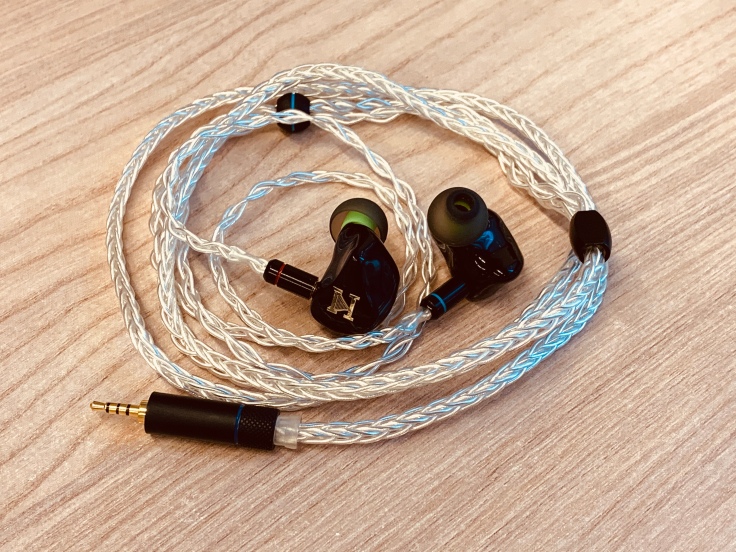
Product page : https://isnaudio.com/iems/isn-h40/
Price : 195$
Fit, Build & Isolation
The ISN H40 (2nd version) build is good with solid and well finished black resin shell. The shells are on the bigger side, as is usually the case with hybrid IEMs with dynamic drivers, but a bit more than the average hybrid. This is not an issue unless you want to use them lying on the side in bed. Comfort is great and once in your hear you quickly forget them. The fit is on the deeper side and I used one size smaller tips than usual. This makes for a very good isolation. The stock cable appears to be the ISN S8, a very nice 8 wire Single Crystal Copper Sliver-plated which has impeccable build, I have received the 2.5 balanced version.

Introduction
I have known ISN Audio from their reputation as a cable manufacturer providing quality cables at a competitive price, which is also how they define themselves “We are a wire production and R&D factory“.
I also have read a lot of good things about the H40, their first IEM and one that is highly praised at great value for money both online and from word of mouth from friends. This sure attracted my attention and I was lucky enough to get the opportunity to review the H40.
On the product page, the H40 signature is summarized : “The low frequency is quick with a good dive. The middle frequency is at the forefront with more resolution. The high frequency is crispy and there is a good sense of air. The soundstage gives a surround sound.”
Let’s see if this holds true!
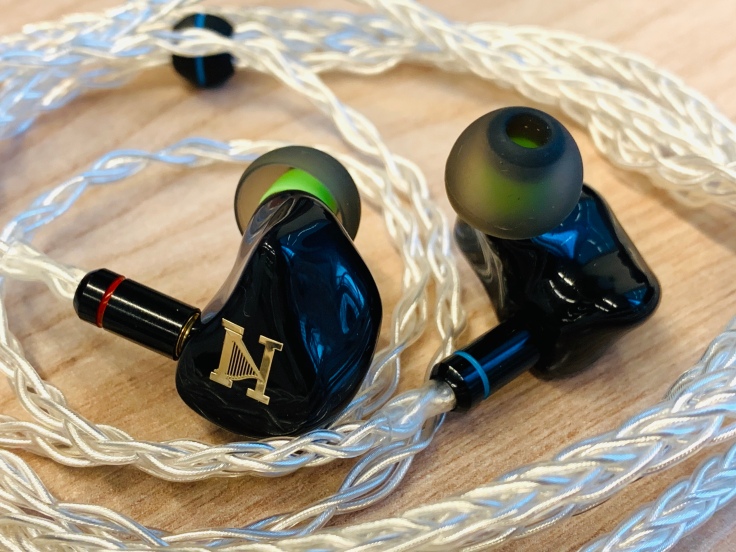
Sound
I set the unit to burn in for over 72 hours which is typically the time required for a dynamic driver to begin settling in and reach optimal performance levels. The very first reaction I had when auditioning the H40 was one of utter surprise.
Surprise at how big the stage was, this is a huge soundstage with a very coherent image and remarkably wide but more importantly unusually tall and deep for an IEM in this price bracket. Heck, I’d go as far as saying that it’s remarkable at any price point.
Surprise not that the H40 features a big, powerful bass which hybrids usually do with dynamic drivers but that it does exhibits very good control and textures. This is a high quality bass. Surprise that the midrange is full bodied, smooth and refined. Last but not least surprised that the treble features such a level of refinement : it’s a smooth yet well extended treble which plays a key role in providing air and separation to an otherwise rather warm overall signature.
Let’s dig a bit deeper into the H40 signature!
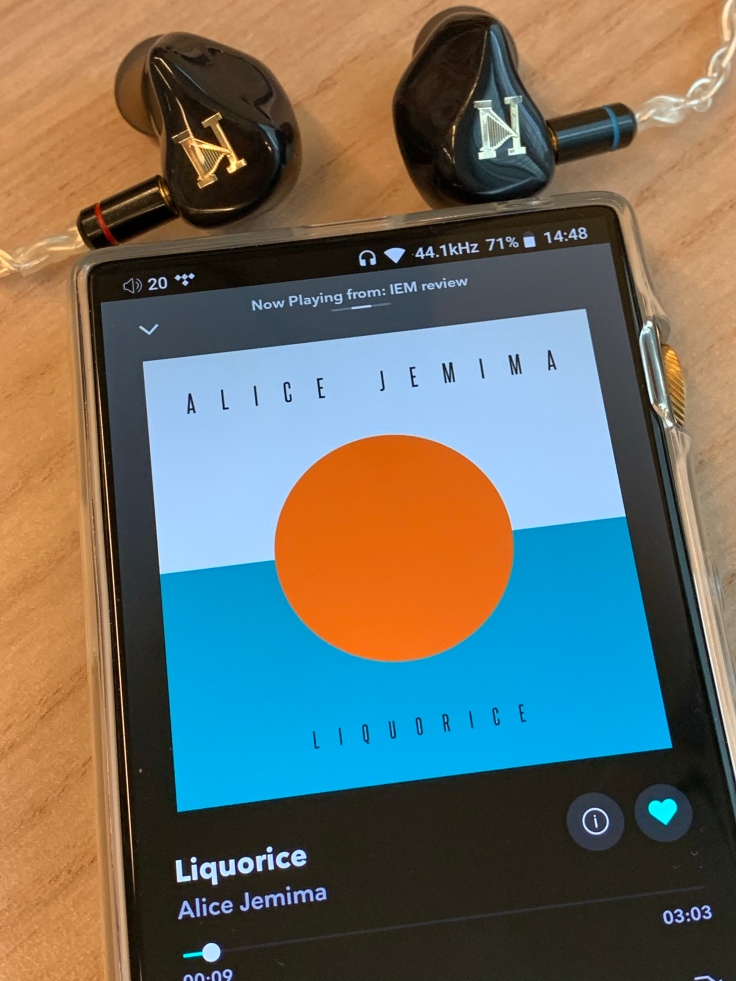
Bass
The H40 bass is clearly one of its remarkable feature. This is a massive bass presence with good sub bass extension and is a key to how deep and tall the soundstage of the H40 is.
At the same time, it exhibits very good control which is really important for an IEM with a lot of bass quantity. The sub extend very low although not quite as much as something like the Solaris or the IER-Z1R and same goes for control but those are between eight and ten times more expensive, the very fact I am making the comparison anyway shows how much value for money the H40 provides.
It’s one of the very good bass I have heard. The H40 has a bit of a more “romantic” bass, with a softer attack and a bit longer decay than the Solaris and IER-Z1R. It doesn’t gets bloomy or messy but it won’t be a leaner, tighter and faster bass. It’s decently fast but don’t expect it to hold its own against the best dynamic and even less the greater balanced armatures. On the flipside it also makes it non fatiguing despite the bass quantity.
The textures are very good and the level of detail as well, the H40 can do modern bass heavy genres really well (for example DeadMau5 “Strobe” is a treat!) but it’s also very enjoyable with Jazz for example, one of my favorite double bass test tracks Caro Emerald “Back it up” sounds really great on the H40.

Mids
The midrange of the H40 was a very nice surprise, I expected the mids to be less of an attraction as is usually the case with hybrids tuning where bass and treble are more of a highlight with a dynamic signature. I couldn’t be more wrong to me the H40 mids is what sets it apart from most hybrids.
The ISN H40 midrange is full bodied, with strong lower mids foundation that definitely gives it a significant warmer tilt but as we’ll see its treble presence prevents the H40 from being a dark IEM given the upper mids while not recessed are a bit dipped (saxophone lack a bit of bite) but then rise again to provide good sizzle on cymbals and crispness to snare drums. I would recommend to stick to more neutral source for the H40 and iBasso DX160 definitely is a great pairing in that respect providing good clarity despite the warmer tilt.
I found vocals to be placed fairly neutrally and this explains why the mixing of the recording plays a very important role there. On some tracks I heard the H40 having a slightly distant vocal presentation and on other tracks a slight emphasis and forwardness indicative of a rather transparent presentation despite the inherent warmth of its signature. Again this is not night and day and will also depend on the source, this was more apparent on the N6ii with the class A E01 motherboard than the DX160.
The H40 mids are very enjoyable and liquid smooth, with a warm tilt but good clarity thanks partly to a relatively fast decay. This clearly stands out especially at this price point where hybrids usually go for a more full blown bass and treble excitement kind of sound. Well done ISN!
Treble
This is the last and a very important piece of the puzzle of the H40 signature. First, it’s consistent with the rest of the signature, the H40 are smooth and with a slightly warm tone. I found not hint of sibilance or harshness.
Extension is nothing to rave about but is fairly decent and there is good upper treble presence, providing air and refinement to the treble presentation with nice overtones, all this was key to avoid any sense of congestion given the bass and mids tuning. It also helps the resolution which is good given the warmer signature.
The lower treble avoids sensitive areas while providing good energy although the excitement of the H40 lies elsewhere and ISN didn’t resort to too much emphasis there. Sign of restraint and a bigger goal in terms of tuning which in “non fatiguing excitement”, so to speak.
Verdict
It’s always tricky to get a fresh take on a product that is taking on the market like wildfire with high praise. It’s easy to be disappointed and as you already gathered I wasn’t, quite the contrary. Of course, price is part of the expectations and having heard quite a few flagship, in fact I just reviewed the much pricier QDC Anole VX, and it’s always hard for the next review to go after a flagship because there is a high contrast. Little did I expect the H40 would capture my attention like it did (a testimony of a highly engaging IEM) and to be that interesting a proposition.
I like to say that performance always come second to tuning intent and implementation for me. I sure have a feeling ISN knew perfectly what they were doing. The aim was clearly to build a highly fun yet smooth IEM with an addictive signature appealing to those who like warm IEMs done right.
If you’re looking for a warm, engaging, fun and punchy IEM that you can listen for hours without fatigue, with a huge soundstage and good resolution then you’d be hard pressed to find a better IEM for the price (and much more)!
Listening notes
I spent approximately 40 hours with the ISN H40, listening on iBasso DX160 using the stock cable as well as Cayin N6ii with the E01 class A amp motherboard.
Special Thanks
Thanks to ISN Audio for providing a review unit of the H40. As usual, this review is my honest opinion. No incentive was given for a favorable review.

Accessories
- Carry case
- Cleaning tool
- ISN S8 cable single ended or balanced
- Tips
Specifications
- Shell material: resin
- Configuration: Balanced Armature & Dynamic Hybrid
- Dynamic driver : 9.2mm
- Custom 1 BA for mids
- Composite 2BA for high frequency
- Impedance : 22 Ω @1khz
- Sensitivity : 105 ± 3dB @1khz
- Frequency response : 20-20kHz
- Connector: MMCX
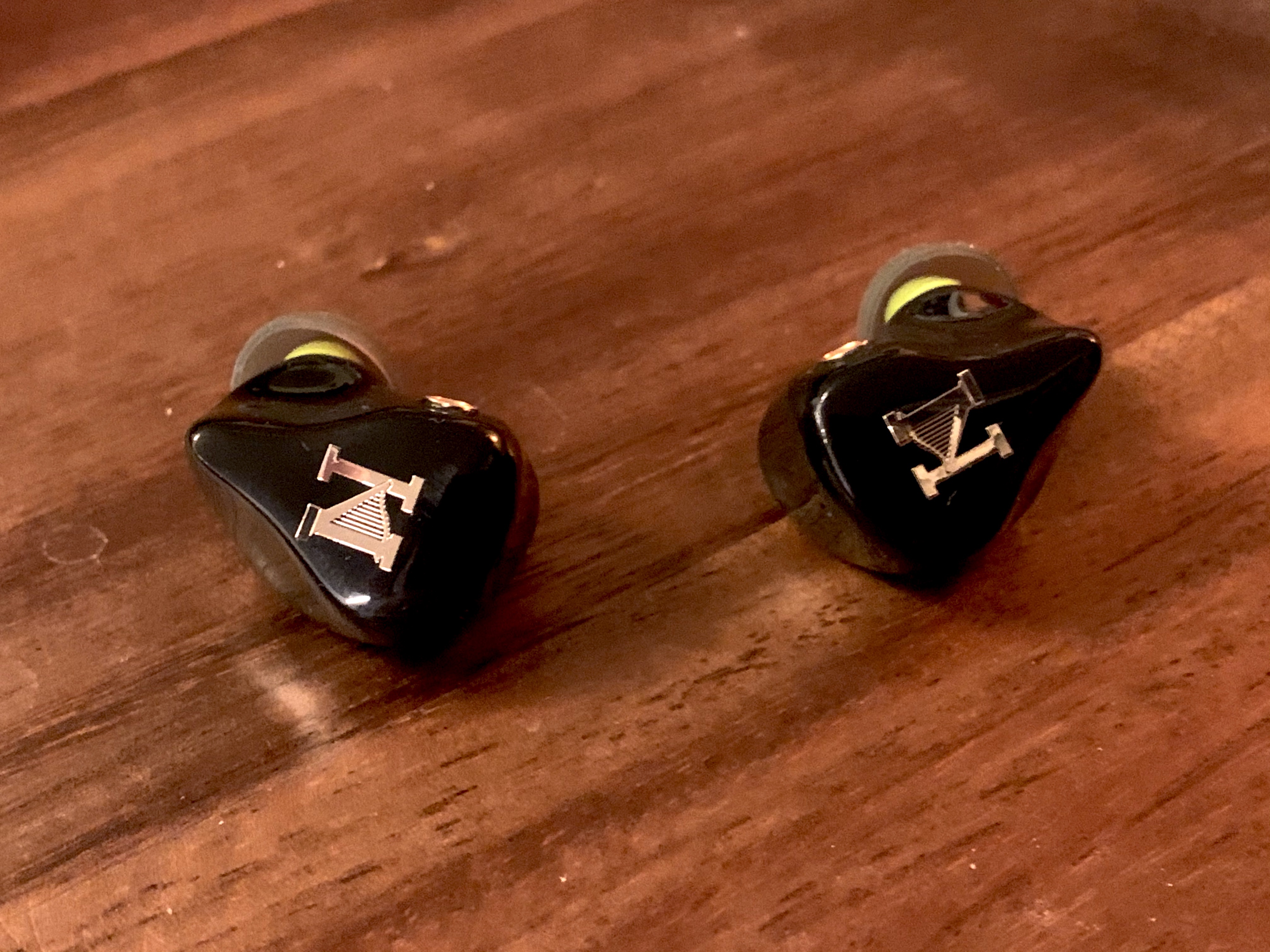
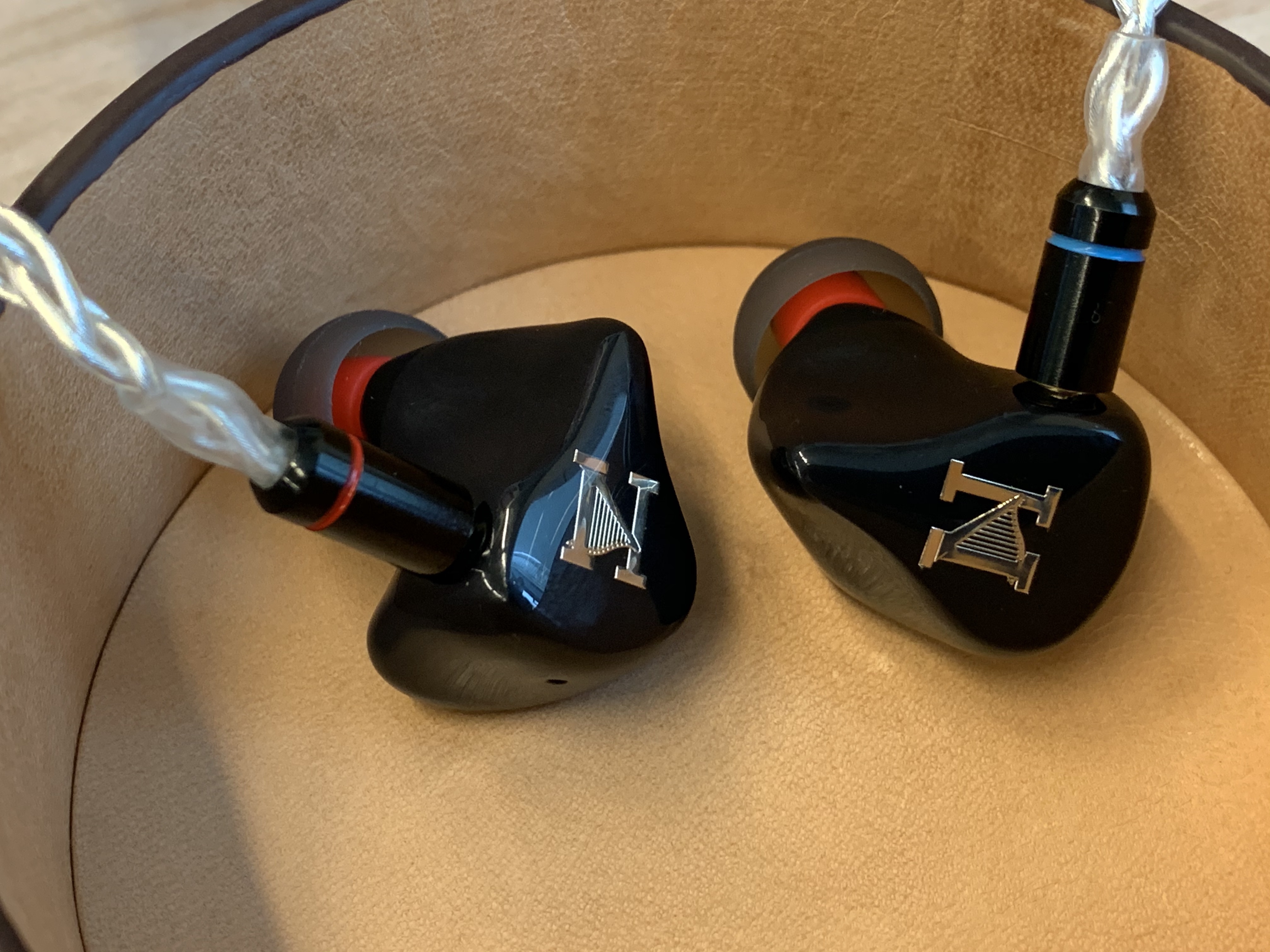
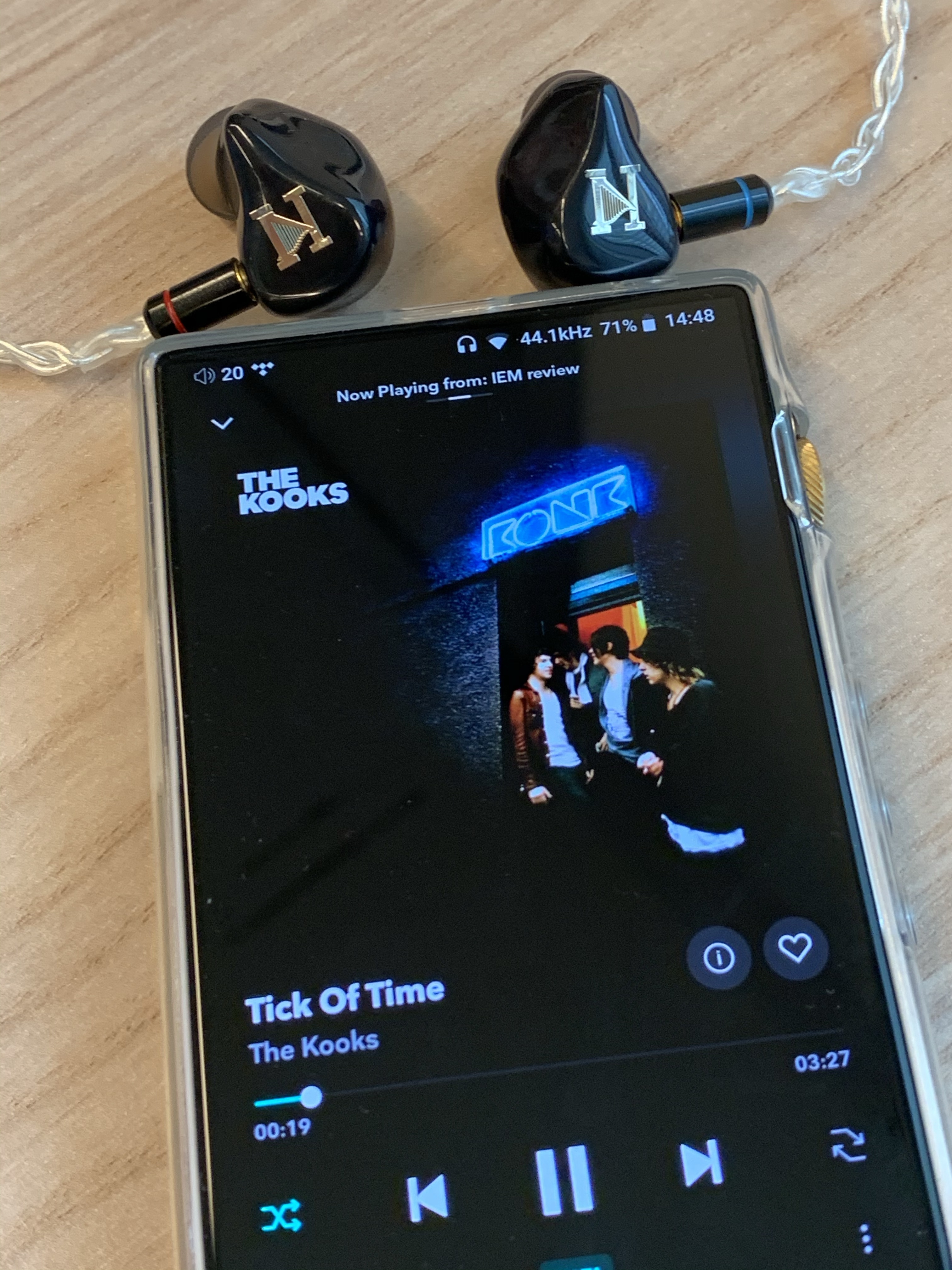






Bonjour,
Je suis l’heureux propriétaire du DAP Cayin N6 MK2 avec le module E01.
La combinaison est-elle bonne avec ces écouteurs ?
Merci pour votre expertise.
LikeLike
Oui c’est une excellente paire, plutôt en mode AB qui permet d’exploiter toutes les qualités dynamique du H40
LikeLike
Bonjour,
Le recommanderiez-vous pour la musique classique, le baroque, bref respecte t-il les timbres et le grain des instruments acoustiques ?
En casque j’ai un HD598 Sennheiser que j’aime bien.
LikeLiked by 1 person
Bonjour Philippe,
J’écoute peu de classique et je n’ai pas auditionné les HD598 donc je n’ai pas de réference mais je viens de passer une petite demi-heure pour tester quelques combinaisons les plus appropriées au classique. Le H40 est intéressant comme intra car il a une scène sonore gigantesque, de bonne fondation et une belle extension en haut. Mais comme évoqué dans ma review les H40 sont chaleureux avec des bas médiums pleins et des haut médiums sages avec un profil global chaud. Un câble transparent comme le HanSound Zen 8 brins aide à maximiser la résolution et atténuer la chaleur du H40 un peu mais ça ne transforme pas le H40 en intra neutre aux timbres fidèles. Les timbres sont donc colorés, sans non plus que cela soit excessif et personnellement je trouve le rendu du classique très bon si on accepte de laisser de côté une résolution fournissant un détail clair et un timbre fidèle.
Le grain n’est pas très présent car le focus des H40 est sur la douceur du rendu, c’est très musical et il y a tout de même de la texture mais pour moi le classique est mieux servi par des drivers dynamique dans les médiums. Je préfère par exemple le rendu des BLON BL-03 sur du classique, ce sont des intras étonnants pour leur prix (35€ sur Amazon.fr), avec une scène sonore moins spectaculaire mais très bonne néanmoins et un meilleur respect des timbres. La résolution est aussi supérieure le BL-03 restitue plus de nuances avec une présentation plus raffinée.
LikeLike